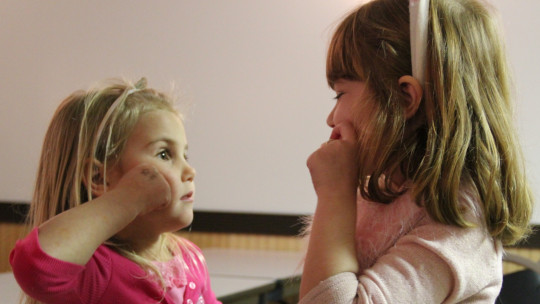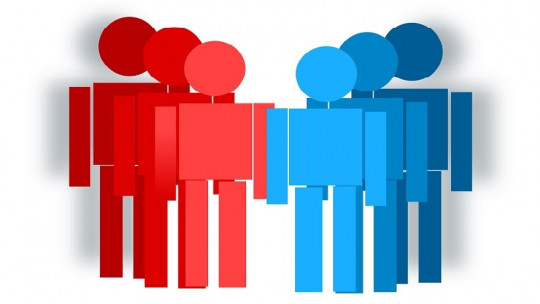
Human beings are bio-psycho-social entities, which means that In each of us, biological, psychological and social components coexist Regarding social behavior, this will be the result of the fusion between genetic characteristics (DNA) and environmental factors that surround individuals.
However, in practice we cannot separate one element from the other to study them separately. The truth is that although each person is something apparently isolated, we all define ourselves by social behavior
What is social behavior? Definition
To understand a topic as complex as social behavior, it is necessary to review some of the main theories. In this way we can familiarize ourselves with the topic.
Since ancient times, philosophers as relevant to Western thought as Aristotle have already glimpsed the importance of social behavior and society for people’s lives. For the polymath, the human being was a social animal whose individual actions were inseparable from social actions, since it is in society that people are formed morally, being citizens and relating to the environment
From these ideas we can outline a simple definition of what social behavior is: the set of behavioral dispositions in which there is a great influence of social interactions.
As we have seen before, this is a complex topic, so it is best to know the most relevant theories about social behavior so that you know how the people around you may act on a daily basis.
Main theories
The most important theories of social behavior are the following.
1. Theory of social influence
Social influence is a social psychological process in which one or more subjects influence the behavior of others In this process, factors such as persuasion, social conformity, social acceptance and social obedience are taken into account.
For example, nowadays it is common to see how on social networks the so-called “influencers” significantly influence social behavior, especially in adolescents. This influence can be of two types:
Informational influence
Happens when a person changes their thinking or behavior because they believe that the other’s position is more correct than your own. This means that there is a conversion process.
Normative influence
Unlike information, it occurs when a person is not completely convinced by the other’s position, and yet, because they want to be accepted by others, they end up acting against their own beliefs.
2. Classical conditioning theory
Ivan Pavlov affirms that an innate response corresponds to a stimulus, but maintains that If that stimulus is associated with other events, we can obtain a different behavior According to Pavlov, people’s behaviors can be changed through induced stimuli.
This is mainly where marketing thrives. For example, if in an advertising campaign the product is associated with a pleasant stimulus for people (smiles, beaches, beauty) this will be translated into a greater number of sales.
3. Operant conditioning theory
Developed by BF Skinner, operant conditioning It is a way of learning based on rewards and punishments This type of conditioning maintains that if behavior brings with it a consequence, whether reward or punishment, the consequence of our behavior will lead us to learning.
This type of conditioning is frequently studied during learning at early ages of development (infancy), but it is capable of explaining many other behaviors.
4. Vicarious learning theory
In vicarious learning (learning by imitation), reinforcement is of another characteristic; focuses mainly on cognitive imitative processes of the individual who learns with a model figure In the early years, parents and educators will be the basic role models.
The concept was proposed by psychologist Albert Bandura in his Theory of Social Learning in 1977. What he proposes is that not all learning is achieved by personally experiencing actions.
5. Sociocultural Theory
Vygotsky’s Sociocultural Theory emphasizes the interaction of young people with the environment that surrounds them understanding cognitive development as the result of a multicausal process.
The activities they carry out jointly give children the possibility of internalizing the ways of thinking and behavior of the society in which they find themselves, adapting them as their own.
The community and the masses
The study of mass psychology initially comes from the psychoanalytic tradition. What he sought was to increase the influence of the actions of large groups on the isolated person; that is, about its identity, and understand how these actions influence cultural and other movements.
However, during the 20th century, both behaviorism and the cognitive-behavioral current they began to explain this part of human life based on the study of stimuli and responses operationalized through records.
As we have seen so far, social behavior is truly a fairly profound topic where there is a diversity of feedback relationships, taking into account that the behavior of one individual influences the behavior of another, thus forming a collateral effect.
In conclusion
It is clear that understanding social behavior in an exact way is nothing more than a utopia, perhaps because in society we are more unpredictable than as individuals. However, the social factor must be taken into account in any analysis of behavior.








